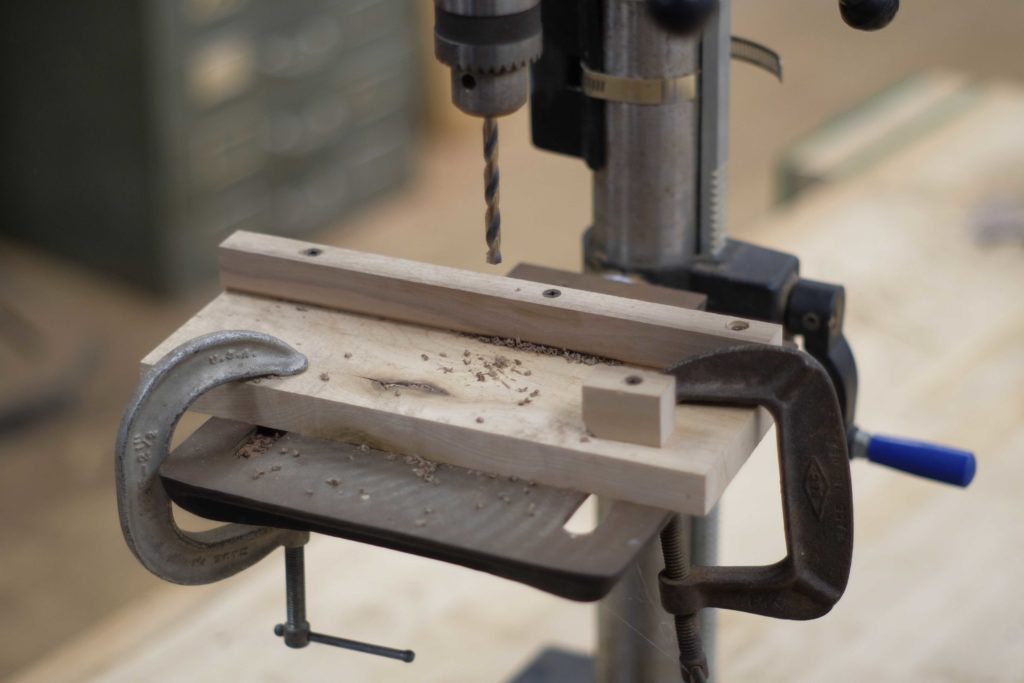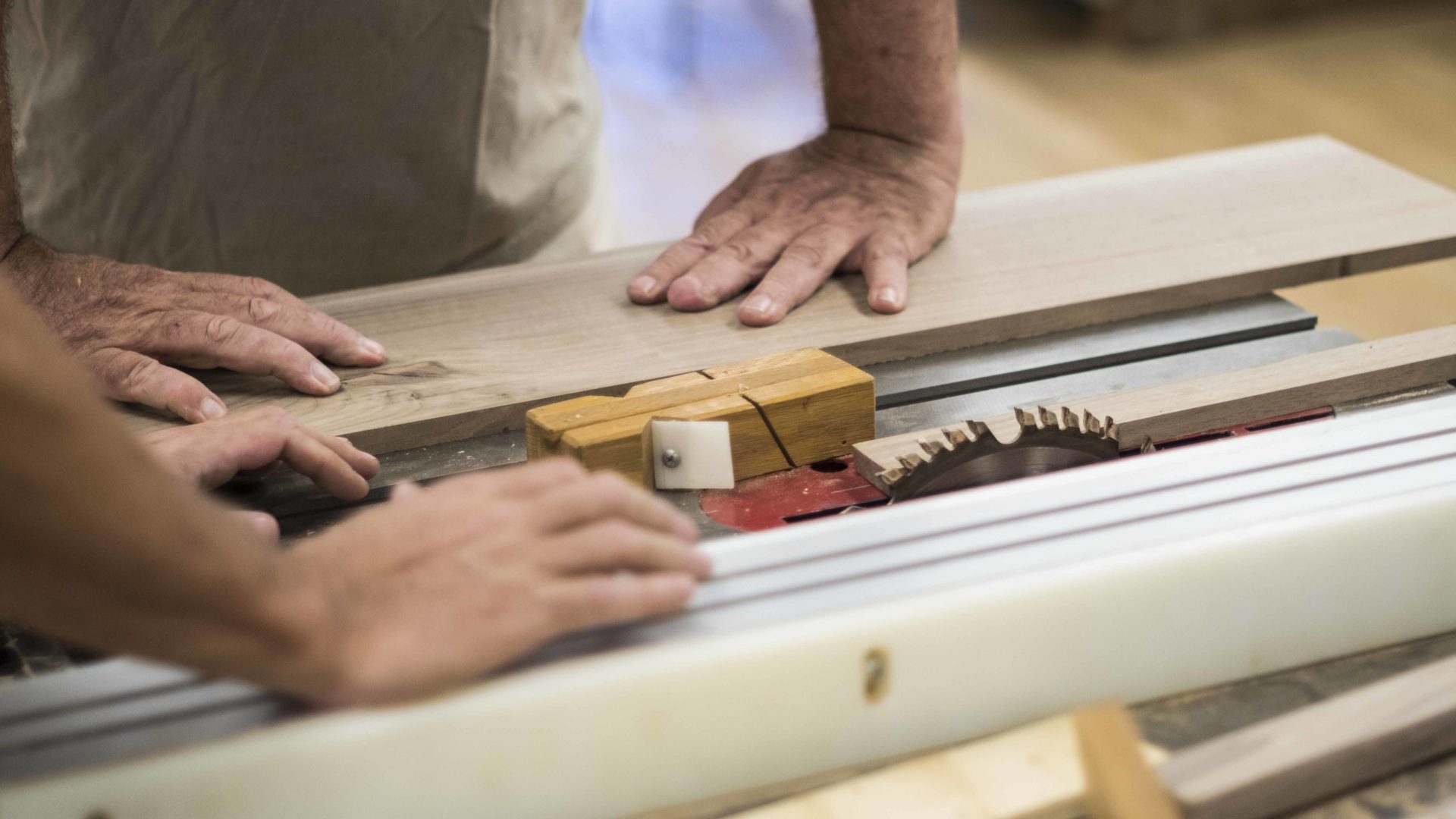A track constrains a train onto a pre-determined path. That is also how it can move quickly and safety to a predictable destination. Woodworkers use also use “tracks” that move or hold tools or workpieces in intended paths. These constraints include clamps and stops, and have names like jigs, and fences. Whatever they are called, contsraints fill the role of guiding or holding a workpiece in place.
“whenever someone hurts themselves in my shop, it is usually a sighted person”

Constraint is helpful for visually impaired woodworkers for the same reason it is helpful for sighted woodworkers: it increase predictability and safety. Blind woodworkers have perfected the application of jigs, and they often remark that sighted woodworkers are more likely to injure themselves because they do not take the proper care in setting up constraints. Blind woodworkers theorize that this is because a sighted woodworker is more likely to rely on their sight rather than adequate preparation.
Constraints also provide tactile registration, as by a physical stop, rather than visual, as by a measuring tape, and are therefore preferred by visually impaired woodworkers. You can see in this simple drill press jig that the workpiece is pressed against a back and a side “stop,” so that it registers correctly underneath the drill bit. In order to prepare jigs and constraints, woodworkers should learn piloting and iteration. But a simple explanation of preparing a constraint is measuring the expected size of a cut, setting up the constraint (perhaps a fence, or a stop), making the cut into a piece of scrap, checking it against the intended measurement, and then adjusting as necessary. Once the constraint is correct, an indefinite amount of accurate cuts can be made.
